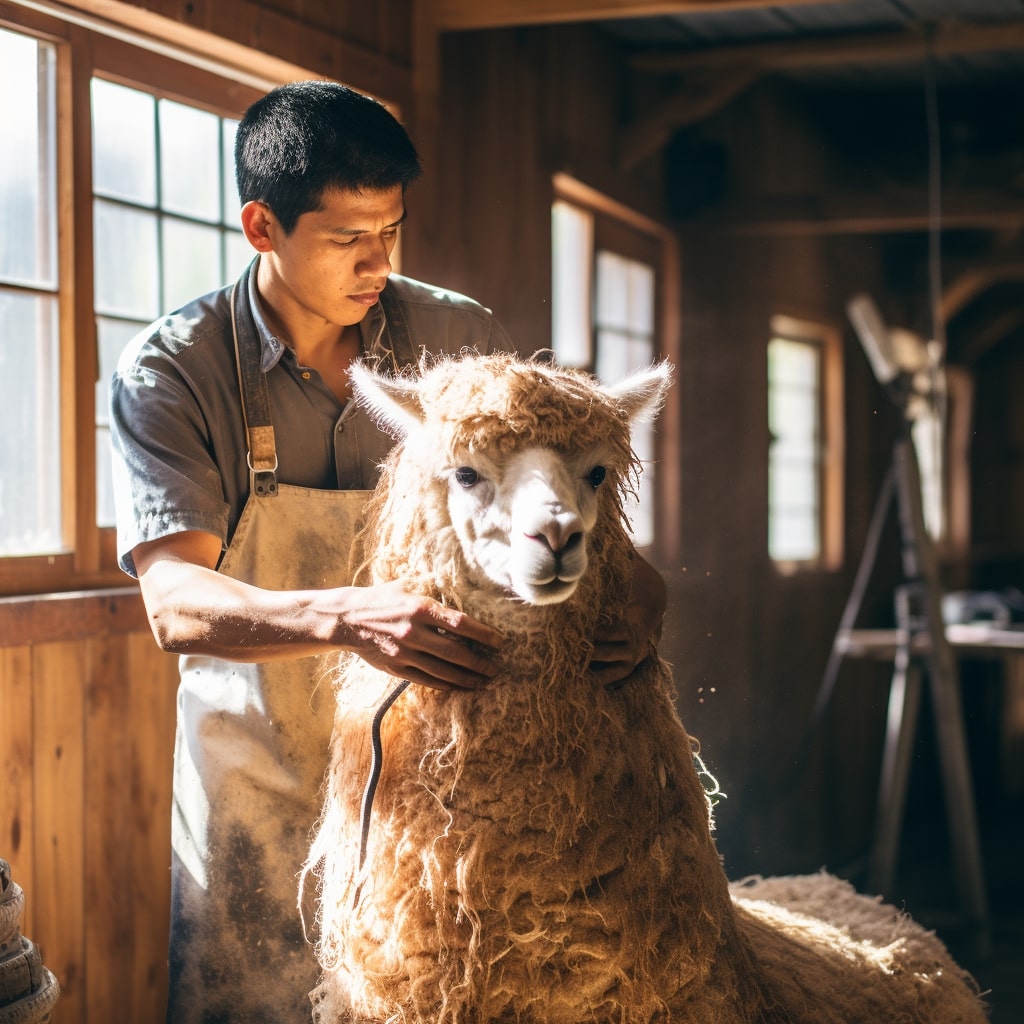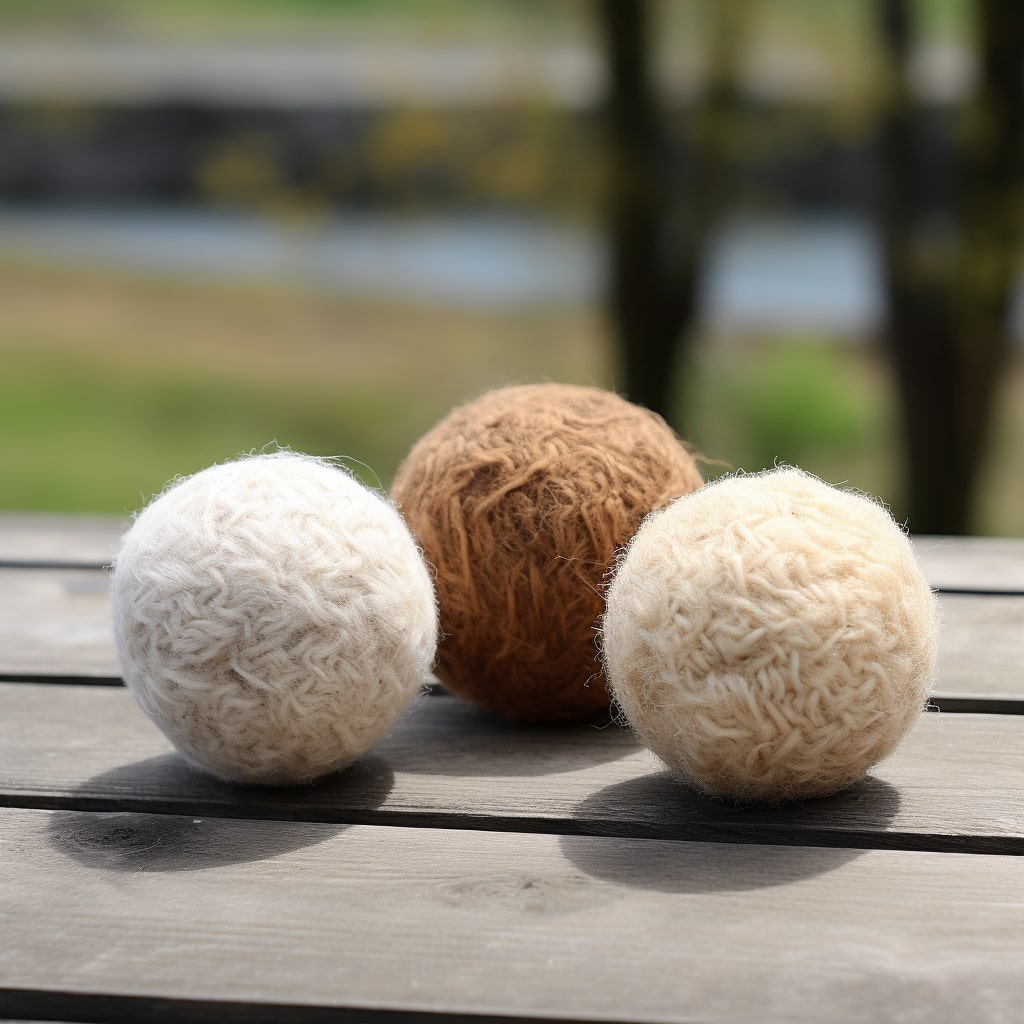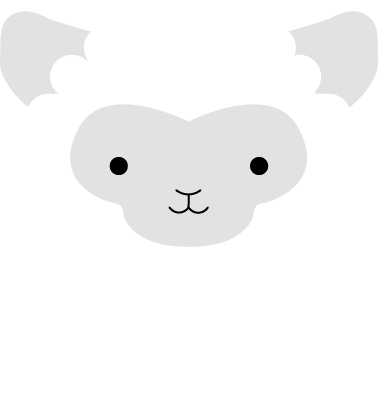The processing of alpaca wool begins with shearing. Quality shearing allows for better yarns. After shearing, the wool is washed, then placed in a dryer and finally packed in jute bags. There are two techniques for spinning alpaca fiber: carded spinning and comb spinning.
Spinning techniques for alpaca fiber
There are two types of spinning techniques for alpaca fiber:
- Carded Spinning
- Comb Spinning
Before spinning, however, it is necessary to wash the fiber derived from the shearing. Washing can be industrial or by hand, without using detergents or soaps, as alpaca fiber has very little lanolin.
During washing, about 20% of the weight is lost as dead hairs, plant material, dust, and dirt are removed. After washing, the wool is ready for spinning and is placed in jute bags for storage and transport. It is important to remember that the quality of the fiber depends not only on genetic characteristics but also on the diet.

Carded spinning
Carded spinning is a type of alpaca wool processing that uses alpaca fibers and some scraps from intermediate combing wool processes. From the carding process, short-cut fibers are obtained, which are generally mixed with other longer fibers. This process is useful for enriching the yarn in terms of quality and quantity.
Comb spinning
Comb spinning transforms the best parts of the fiber into yarn. Before the spinning process, however, the fiber is washed to remove plant components and subsequently, through the combing process, short fibers are removed. The yarns, once combed, are used for the production of both classic and knitted clothing and are smooth and lint-free as they use longer fibers.
Yarn titration
Titration is a process of measuring yarn for fabric or garment production. The section of the yarn is not easily measurable since the section easily deforms, so titration is used.
Yarn titration takes into account two sizes: length (L) and weight (P). The ratio between length and weight L/P = N is defined as the indirect method and is used for all animal fibers with discontinuous fibers.

Twisting
Twisting is a process where two or more yarn strands are twisted, and by releasing the accumulated tension, they twist together, becoming a single “balanced” yarn. If a yarn is already balanced, it will be slack, and before twisting it, it will be necessary to add or remove twist by connecting it to a spinning wheel to add or remove twist.
Then, the same twist must be added or removed to the second yarn to then proceed with the twisting of both for doubling and obtaining a new balanced and doubled yarn. The twisting process occurs during the fiber spinning phase.
Twisting can be:
- In the opposite direction to the twist of the component yarns;
- In the same direction as the twist of the component yarns;
- Two yarns twisted in opposite directions to each other and that are both twisted in the same direction as one of them.
Twisting in the opposite direction to the twist of the component yarns is the most used technique as it guarantees the maximum balance between the twist of the component yarns and the twist of the balanced yarn.
Fashion accessory production
To produce garments or fashion accessories, one must start with the quality of the fiber. A fiber with a fineness greater than 22 microns is considered not high quality. It is very important to know from the start the type of garment you want to create and then proceed with the processing of alpaca wool, as each of them presents and requires specific characteristics.
All operations concerning the phases of spinning such as cleaning, carding, and disintegration are closely linked to the type of product to be produced, whether combed or carded, titled or twisted, and other possible accessory treatments. Furthermore, the maintenance and care of garments produced in alpaca wool are not difficult; it is sufficient to evaluate and consider some aspects.
Low wear clothing or accessories
Low wear accessories or garments do not require multi-thread twisted yarns, an example being alpaca wool scarves which should be lightweight yet still provide thermal effects. For such accessories, the best fiber is baby alpaca.
Baby alpaca fiber has a very high fineness, but at the same time, baby alpaca yarns have a low friction value, so they are enriched with other animal fibers such as extrafine Merino or silk, or plant fibers like cotton (synthetic fibers like viscose can also be added).
Another crucial characteristic for processing alpaca wool for the production of accessories like scarves and low wear garments is the choice of a combed yarn, ranging from Nm 1/6000 to Nm 1/14000 for a thin and shiny garment. If a bulky and fuzzy garment is desired, the choice falls on a carded yarn from Nm 1/1500 to Nm 2/6000.
Medium wear clothing or accessories
Accessories like alpaca wool gloves and hats, which are subject to medium wear, are made with three-ply twisted yarns mixed with other fibers similar to those used in low wear garments. For titration, thick yarns from Nm 2/300 to fine yarns up to Nm 2/14000 are chosen.
To achieve high-quality garments or accessories, it is advisable not to use seams; indeed, there are special techniques and machines that allow the production of seamless products.
High wear clothing or accessories
For clothing or accessories subjected to high stress and wear, such as alpaca wool socks, the processing of alpaca wool should avoid carded yarns. During the spinning phase, alpaca fibers and scraps from combed wool are used. The chosen thread is either a two or three-ply twisted yarn, depending on the type of garment to be made.
For work garments, like socks for sports or strenuous activities, it is advisable to use a fairly thick, three-ply combed yarn made of 50% alpaca and 50% superfine merino. The resulting product is a soft, warm, and durable garment.
